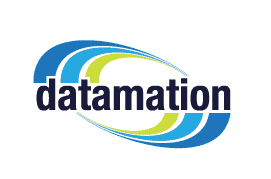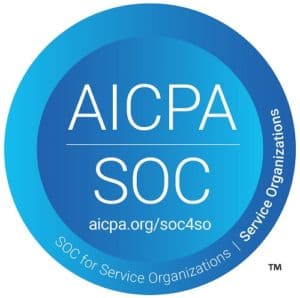Whether you run a small family firm or manage a large corporation with multiple locations, document conversion can change the way you do business.
Organizing, storing, and sharing paper documents is not only inefficient, it leaves your company’s information susceptible to security breaches. Document conversion can save your company significant time, labor, and money by streamlining all your processes. This post will discuss frequently asked questions about document conversion.
When should I consider document conversion?
● When many people or departments need access to the same documents. If your business is spread across multiple locations, digitally stored documents make it easy for more than one person to have full access to a document.
● When the documents must be retained for a long period of time. These documents may include blueprints, maps, financial information, or employee records.
● When the documents are highly sensitive and/or vital to business operations and require backups. Document conversion ensures there is always a digital backup if a paper copy is destroyed.
● When storage costs exceed the cost of conversion. Consider not only the cost of storing documents at off-site facilities or cost per square foot for the space in your office, but the cost to find, retrieve, and re-store documents and the employee and client relation costs incurred when you are unable to locate a misfiled document.
What is the difference between scanning internally or outsourcing these services?
Scanning documents internally requires resources. You will need scanners, staff to prepare the documents for scanning, capture and imaging software, and staff for quality control after scanning. Consider the investment required for equipment, software, licensing, upgrades, and staffing to successfully scan your documents in-house.
Outsourcing document conversion means all the resources are provided for you. When you use Datamation, you will also have access to your documents during the conversion process and can track the progress of your project.
What does it cost to convert documents?
The cost to convert documents to digital images depends on several factors:
● How much paper do you need to scan? For reference, a standard bankers box full of paper costs between $130-$220 to scan. If you’re unsure, use our document scanning quote calculator for an estimate of your conversion costs.
● How much document prep is needed? Are the sheets full of paperclips, bindings, and tears?
● How many pages are included in each file?
● Does your company have any indexing or metadata requirements?
How do I select the best document scanning provider?
Make a list of your criteria. What are your company’s needs and wishes? Consider the following:
● Volume of paper. Can the provider accommodate the volume of documents within your timeframe?
● Do your documents need to be scanned in color, grayscale, black and white, or all of these?
● Is there a resolution requirement?
● Do the documents need to be searchable?
● Document destination. Are the documents going into a document management system?
● Image format. What format do the images need to be in?
● Do you need access to documents while the conversion process is taking place?
How do I choose a document conversion file format?
The format of your documents is usually chosen according to the ECM/ERP/EMR system where the documents will reside. The most common format is TIFF. However, if you’re using a document management system, check with your software manager because some prefer files in the PDF format.
Should I keep or destroy the documents once they are converted?
In most cases, the paper documents can be destroyed, but you should always check the legal requirements for your state and industry. Contact Datamation or your state archivist with questions.
This post is part of the Datamation Guide to Document Scanning.


